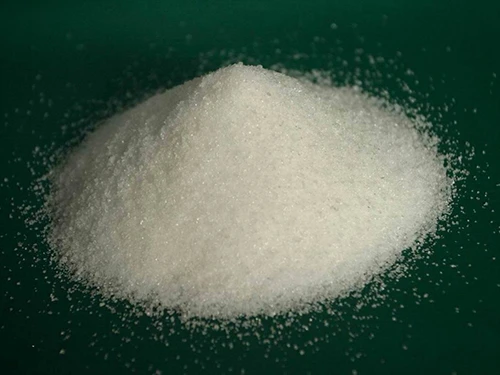me isothiazolinone
Understanding ME Isothiazolinone Applications, Risks, and Safety Measures
ME Isothiazolinone, commonly referred to as Methylisothiazolinone (MI), is a synthetic biocide and preservative widely used in various industries, particularly in cosmetics, personal care products, and household cleaners. With a chemical structure that allows it to effectively inhibit the growth of bacteria and fungi, MI has become a staple in formulations intended to extend shelf life and maintain product integrity. However, as its popularity has grown, so have concerns regarding its safety and potential health risks.
Applications of ME Isothiazolinone
ME Isothiazolinone is primarily utilized in water-based products due to its solubility in water, making it highly effective in preventing microbial growth in various formulations. Its applications range across numerous industries
1. Cosmetics and Personal Care MI is a common ingredient in shampoos, conditioners, lotions, and other beauty products. It helps prolong shelf life by preventing contamination from bacteria and fungi, which can compromise product efficacy and safety.
2. Household Cleaners Many household cleaning products, like surface cleaners and detergents, incorporate MI for its antimicrobial properties. It ensures that these products remain effective over time, providing consumers with safer cleaning solutions.
3. Industrial Applications Beyond consumer goods, ME Isothiazolinone is also used in industrial processes, including water treatment, paints, and coatings. Its ability to prevent biofouling makes it valuable in industrial settings where microbial growth can lead to significant operational challenges.
Health Concerns and Regulatory Actions
Despite its widespread use, ME Isothiazolinone has been linked to various health concerns, particularly allergic reactions. Studies have shown that MI can cause contact dermatitis, especially in individuals who are predisposed to skin sensitivities. This has led to increased regulatory scrutiny and changes in how products containing MI are formulated.
me isothiazolinone

In 2013, the European Union’s Scientific Committee on Consumer Safety (SCCS) raised concerns about the sensitizing potential of Methylisothiazolinone, especially in leave-on products. As a result, regulations were tightened, limiting the acceptable concentration of MI in cosmetic formulations and requiring clearer labeling to inform consumers of its presence. Some manufacturers have responded by reformulating their products or opting for alternative preservatives to avoid regulatory challenges and address consumer safety concerns.
Safety Measures for Consumers
For consumers, being informed is key when using products containing ME Isothiazolinone. Here are some safety measures to consider
1. Read Labels Always check the ingredient list for MI, particularly in cosmetics and personal care products. If you have sensitive skin or are prone to allergies, it may be wise to avoid products containing this ingredient.
2. Patch Testing If you decide to use a new product with MI, perform a patch test by applying a small amount to a discreet area of skin and waiting 24 hours to see if any adverse reactions occur.
3. Consulting Healthcare Professionals If you experience an allergic reaction or skin irritation, consult with a dermatologist or healthcare provider for advice and potential alternatives.
Conclusion
ME Isothiazolinone is an effective preservative that plays a vital role in various industries, helping to extend the shelf life of products and maintain their safety. However, its association with allergic reactions has raised valid health concerns that consumers should take seriously. As awareness and regulations evolve, it is crucial for consumers to remain informed and make educated choices when it comes to the products they use. By understanding both the benefits and potential risks associated with ME Isothiazolinone, individuals can better protect their health while enjoying the advantages of modern formulations.
-
Dodecyldimethylbenzylammonium Chloride: High-Purity DisinfectantNewsAug.30,2025
-
2-Phosphonobutane-1,2,4-Tricarboxylic Acid: Scale & CorrosionNewsAug.29,2025
-
Premium Isothiazolinones | Broad-Spectrum Biocidal SolutionsNewsAug.28,2025
-
LK-319 Special Scale And Corrosion Inhibitor For Steel Plants: Advanced Solutions for Industrial Water SystemsNewsAug.22,2025
-
Flocculant Water Treatment: Essential Chemical Solutions for Purification ProcessesNewsAug.22,2025
-
Isothiazolinones: Versatile Microbial Control Agents for Industrial and Consumer ApplicationsNewsAug.22,2025





